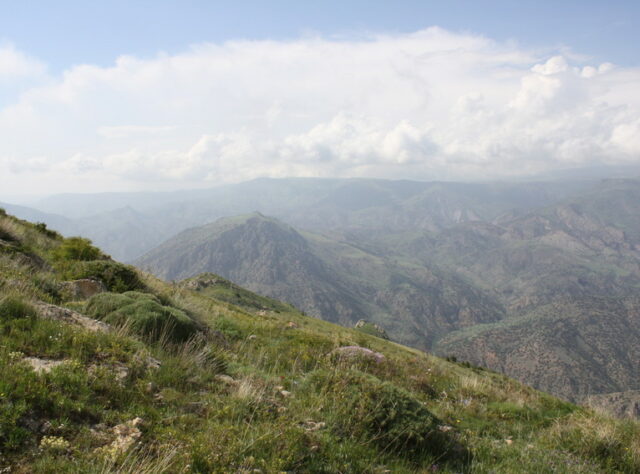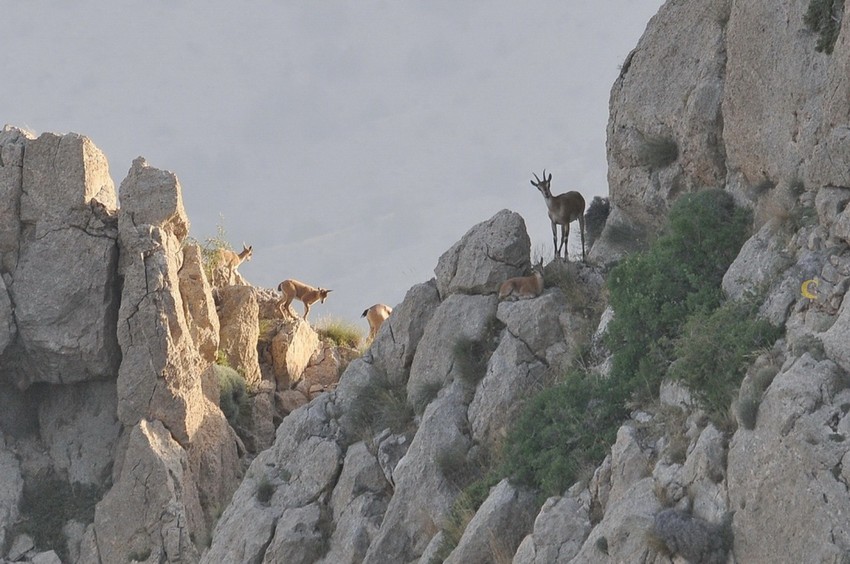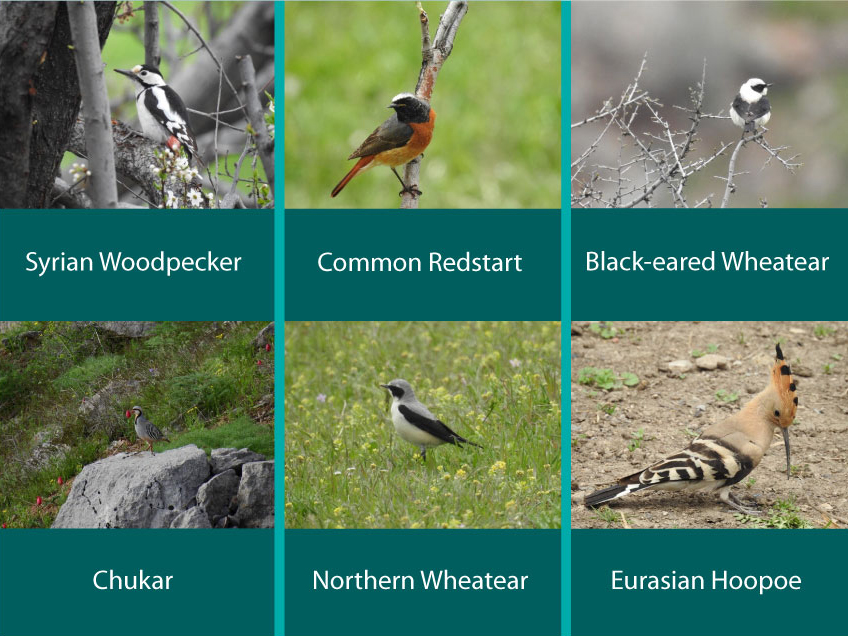
Boris Vanyan, Ranger for Foundation for the Preservation of Wildlife and Cultural Assets (FPWC) gives us an insight in to what is happening during the global pandemic in one of the world’s lesser-known biodiversity hotspots in Armenia.
If there is one thing that has become abundantly clear since the outbreak of the novel coronavirus burst globally, it is where not to go to get away. While social media and online news may make it impossible to escape the growing scourge completely, some areas have always been destinations for healing. Commonly in March, when there is still thick snow layer on the mountains and after the snow’s first melting, locals would traditionally go into the mountains, some to collect some fresh herbs and plants, other to get fresh air and the fascinating views of the mountains. The range of Caucasus Wildlife Refuge (CWR) is characterised by diversity and complexity of the topography, taxonomic structure, variegated lithological composition of rocks and a variety of climatic conditions. Locals always had the ancient knowledge of healing themselves in the mountains. For instance, people with gastroenterological problems were advised to follow Bezoar Goat and find and eat only the plants on which these creatures feed as this was believed to be a cure for many stomach problems.

Bezoar Goats, CWR ©FPWC
Spring in Armenia means bright colours and delightful flavours. Spring is felt from the first of March, and with the beginning of April, everything begins to bloom. Spring days in Armenia also mean a festive mood: many birds start appearing in the field by singing and flying around their nests. The air in the mountains smells not only of the fragrance of flowers but of inspiration.
This season is also the right time for birdwatching and bird counts, and we will not miss the chance to do the monitoring of birds in the area. Here are a few birds that are common when observing the area during this season:

No signs of illegal activity were observed during the last two months, which is another good indicator of our work in the field. Not many people realise how much effort it takes to keep the area safe and calm.
Hiking and being on foot really does bring one a lot closer to all the small things that nature has to offer and is highly recommended in CWR. The best time is, in my opinion, the early morning. This is when all nature has awakened and blossomed to the fullest. This is also the best time to watch and count the birds in the area, from smallest to biggest.
By the time COVID-19 has run its course and vaccines and cures have been found, travel will almost certainly be the first sacrifice most people make. But, as in the case of the previous epidemics and pandemics, there may be safe places to wait this out. And the CWR is undoubtedly one of those majestic places to enjoy yourself in nature, count the birds, admire the flowers and the awe-inspiring landscapes of Armenia.
Find out more about the Keepers of the Wild
If you would like to donate to Keepers of the Wild, please click on the button below